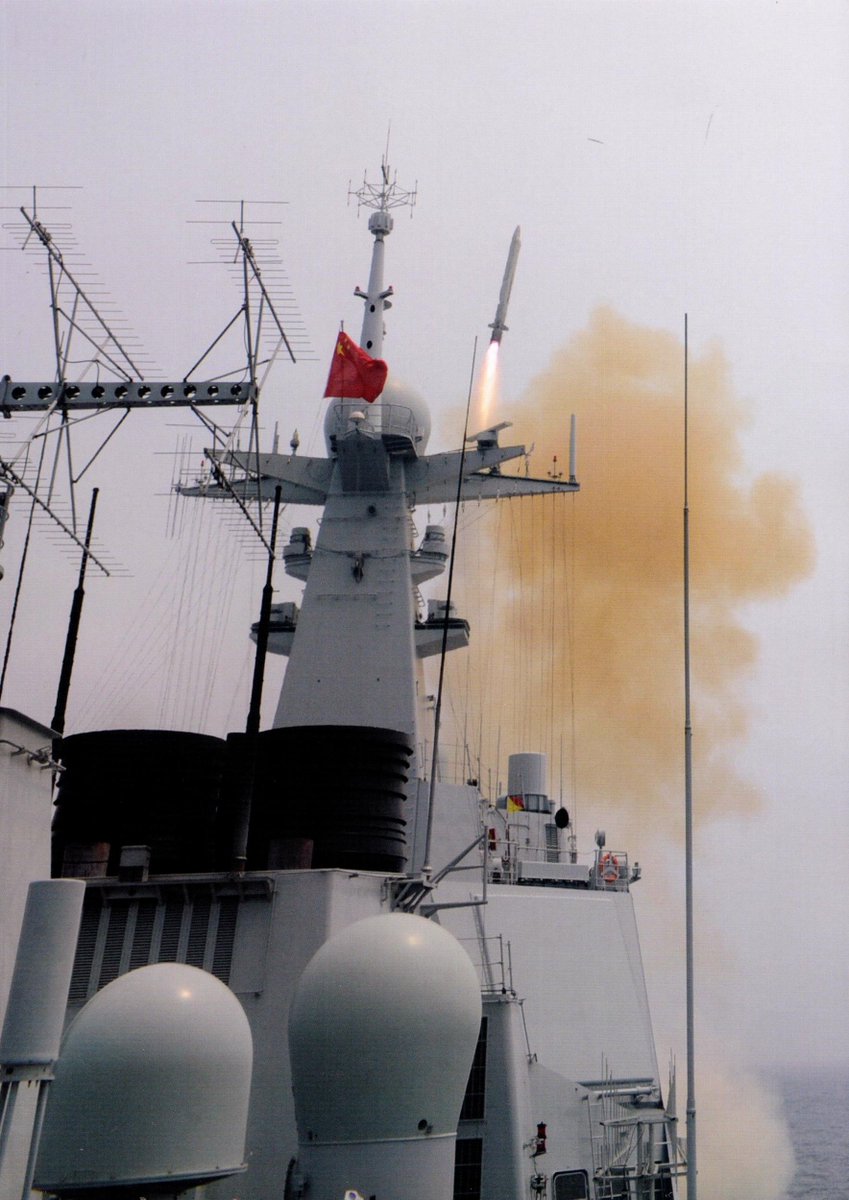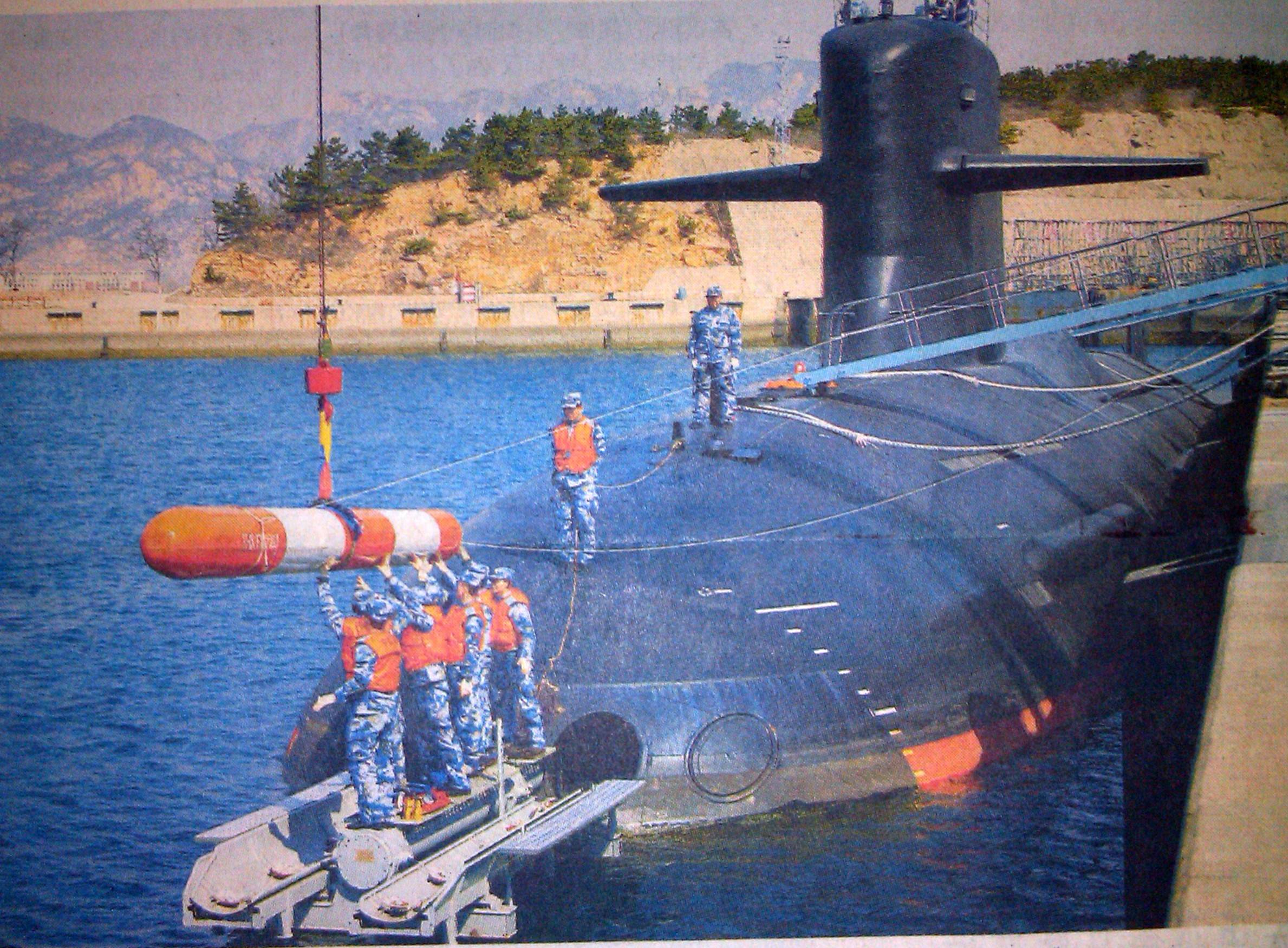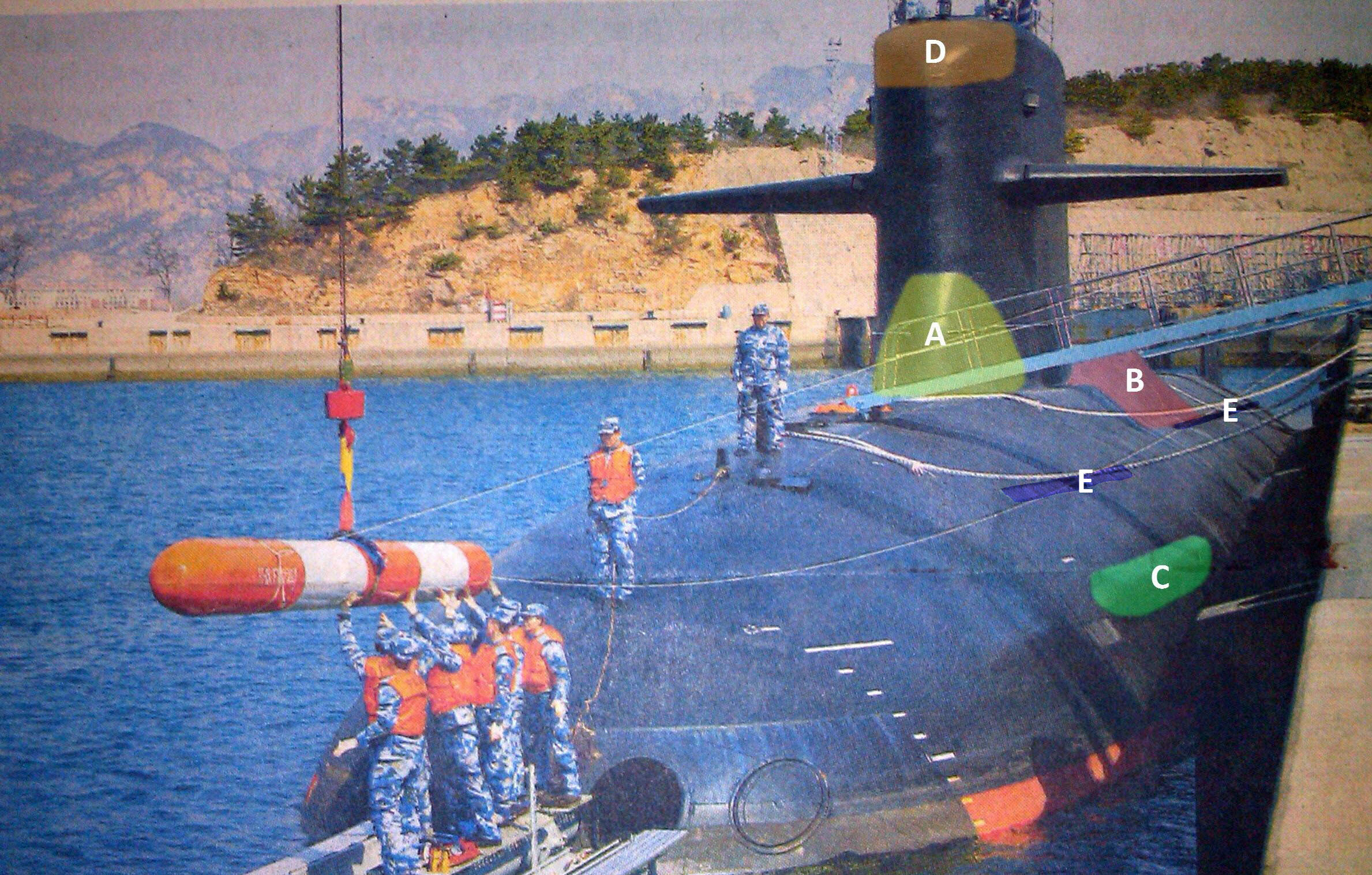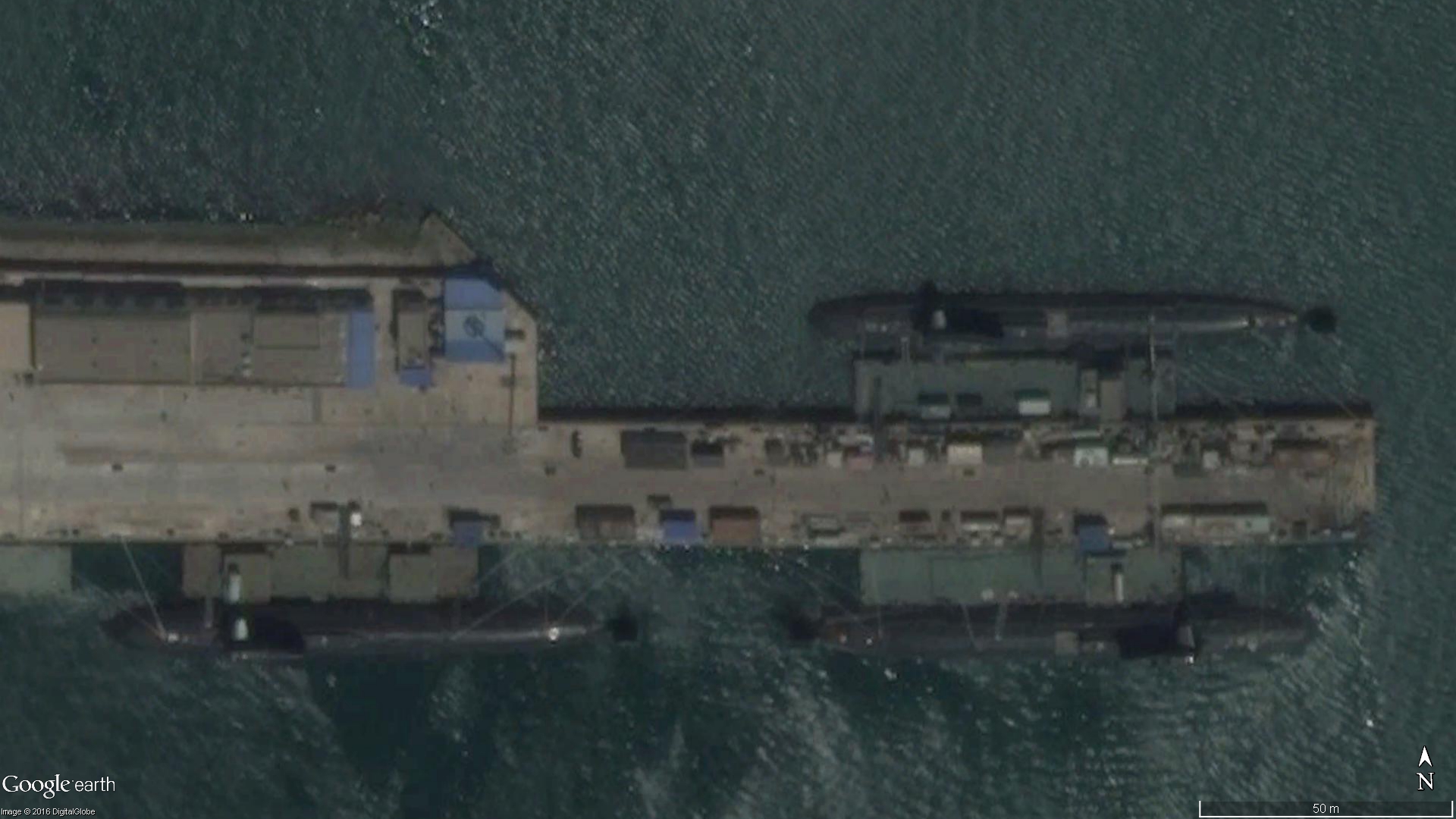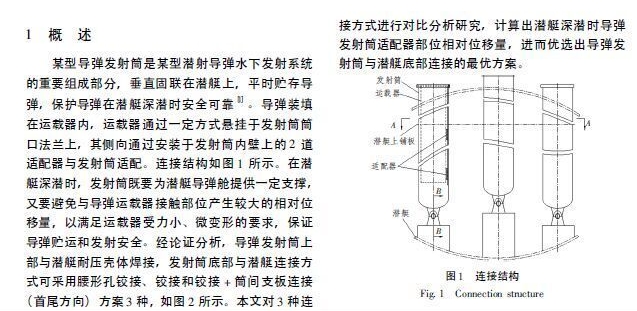In light of the certification of YJ18 I looked back to old article by Henri which I did posted in submarine thread
Now it make sense that SNA(submarine nuclear attack) has a hump. the revelation add credibility to Henri K speculation
A new Chinese SNA of Type 09IIIB?
BY
A SNA Type 09III not like the others ...
On June 21, 2016, the photo of a Chinese submarine appeared in the Chinese Navy newspaper (人民 海军 报) and quickly made the buzz among fans.
Its length of about 100m and its slightly different shape compared to a
Type 09III SNA indicates that it would probably be a new variant of this class. We can notably notice 5 points:
- A: the front join between the solid and the outer shell is slightly rounded, as well as the top of the solid, as on the new SSK of Type 039B Batch 2
- B: the "hump" or "platform" behind the massif whose height is about 0.6m
- C: the presence of what they could be flanking antennas above the waterline
- D: the disappearance of the navigation bridge, or at least the observation windows
- E: The purge lines are positioned differently
The first 5 differences compared to a Type 09III SNA
The hunchback, that's why?
The question today is to know what is the role of this "hump" behind the massif. We unfortunately have very little information to date, but we will try to gather some elements that we have access as an amateur.
A commemorative gold medal showing a nuclear attack submarine with a platform raised behind the massif.
We know that the Chinese are working to make their ANS "versatile". Sources close to the Chinese navy had already mentioned for the past two years the development of a certain Type 09IIIB , which has vertical launch silos, not for ballistic missiles as on the SNLE, but to host both anti-missiles. and cruise missiles, all controlled by the same combat system.
So what's on this picture is Type 09IIIB? I tend to say no but not sure. The construction cycle of a SNA is relatively long, the works of the first Type 09III are started in December 1998 and he was admitted to active duty 8 years later in 2006. It is a little closer to this period that the Chinese navy Obtain unanimous advice on the need for projection capabilities against ground targets, and that associated research has begun. Although logically it is possible that the Type 09IIIB appear now, I still prefer to remain cautious while waiting for new more tangible elements.
Anyway, whether this submarine is the Type 09IIB or not, it's only a matter of time. Satellite images tell us that at least 3 nuclear attack submarines with the same "hump" were launched in 2015 at the BSHIC shipyard near Huludao, which is the only shipyard in China who has been building nuclear submarines since 1970.
the image of July 13, 2015 at the Bohai Shipyard shows 3 SNA in layout.
At the level of armament, I am already learning that it is the family
YJ-18 which is chosen:
YJ-18B for the anti-ship missile, and YJ-18 for the attack on the ground. There are at least 2 other variants of YJ-18, namely the YJ-18A that equips the new Chinese destroyers like
Type 052D and
Type 055 , as well as the
YJ-18C which is a Sol-Mer version for coastal defense. .
This family of new generation missiles is close to that of
3M54 Kalifr Russian, we certainly remember the Russian strikes on Syrian soil with cruise missiles launched by an SSK from the Mediterranean and two corvettes from the Caspian Sea in 2015. The YJ-18 and YJ-12 are the two families of new generation Chinese naval missiles, and will eventually replace the YJ-6x and YJ-8x.
On the question of why this form of "hump": The Chinese military standard GJB-5860-2006, which defines the design criteria for the new VLS system of Chinese surface vessels, allows us to deduce that the launch tube vertical YJ-18A has a length of 9m, and it is difficult to envisage that the Soum-Mer or Soum-Sol version is shorter, while the width of the thick hull of a Type 09III is 8.6m. Assuming its section is circular, it is logical to think that you have to raise a part of the hull to install the launch system, if you want to avoid touching the diameter of any submarine, or sacrifice the performance of the missile by reducing its length.
We see this very well in a R & D document published in March this year, which studies the system of fixing launch tubes in a submarine. The vertical launch tubes are lined up in rows of 3 in this R & D document written by three Chinese naval officers based in Zhengzhou, city in which is located Institute 713 of naval group CSIC, specialized in naval systems and equipment.


